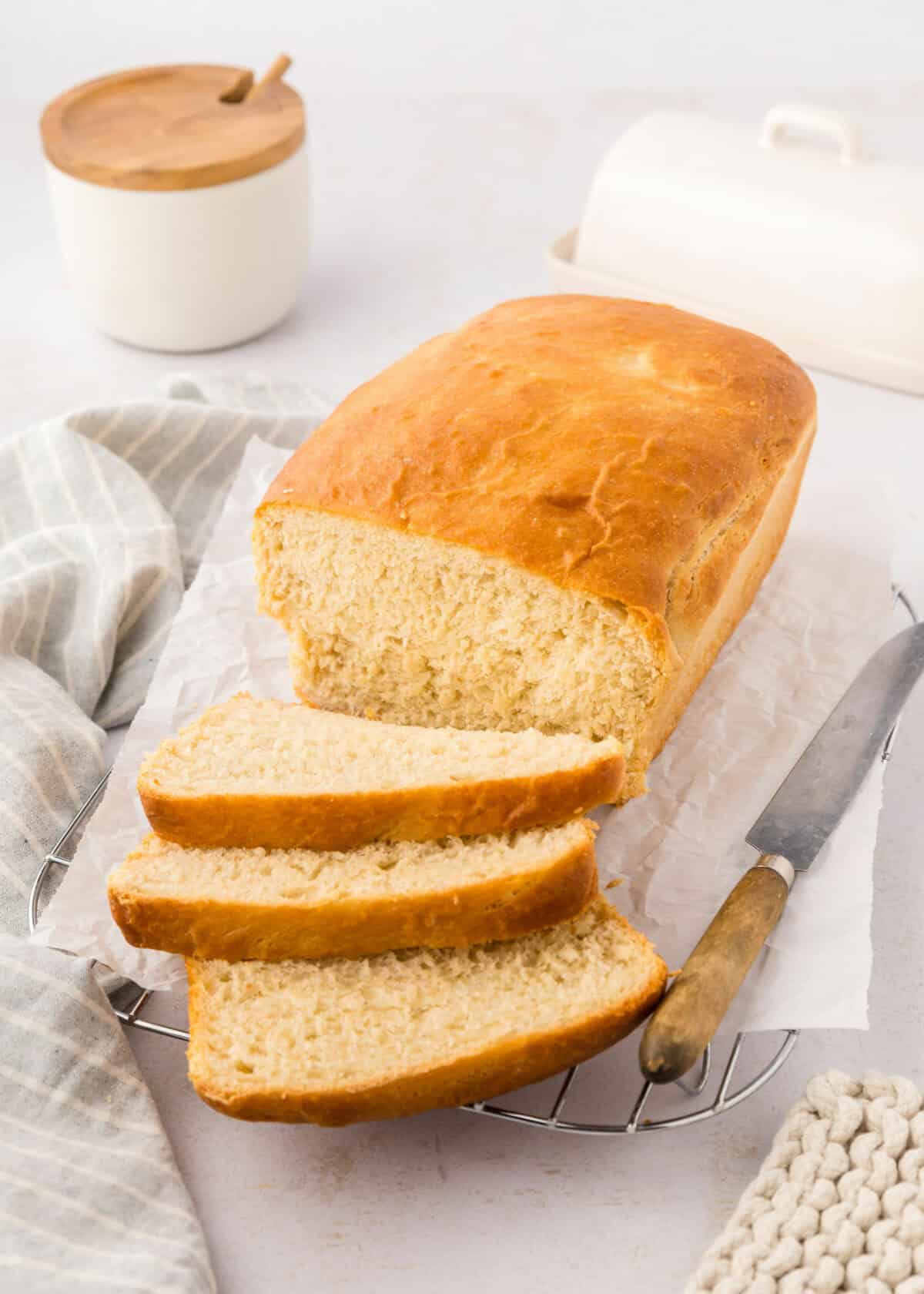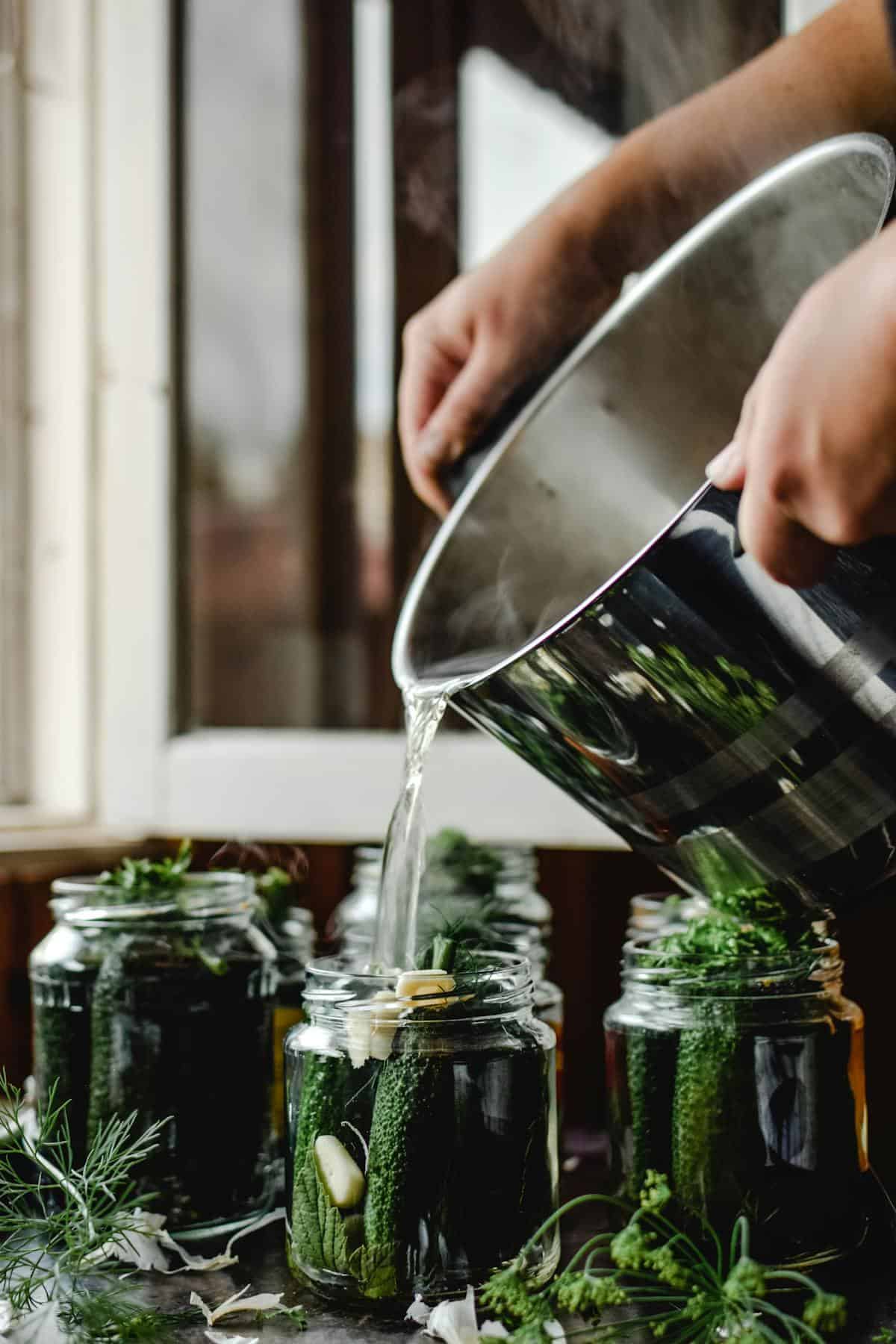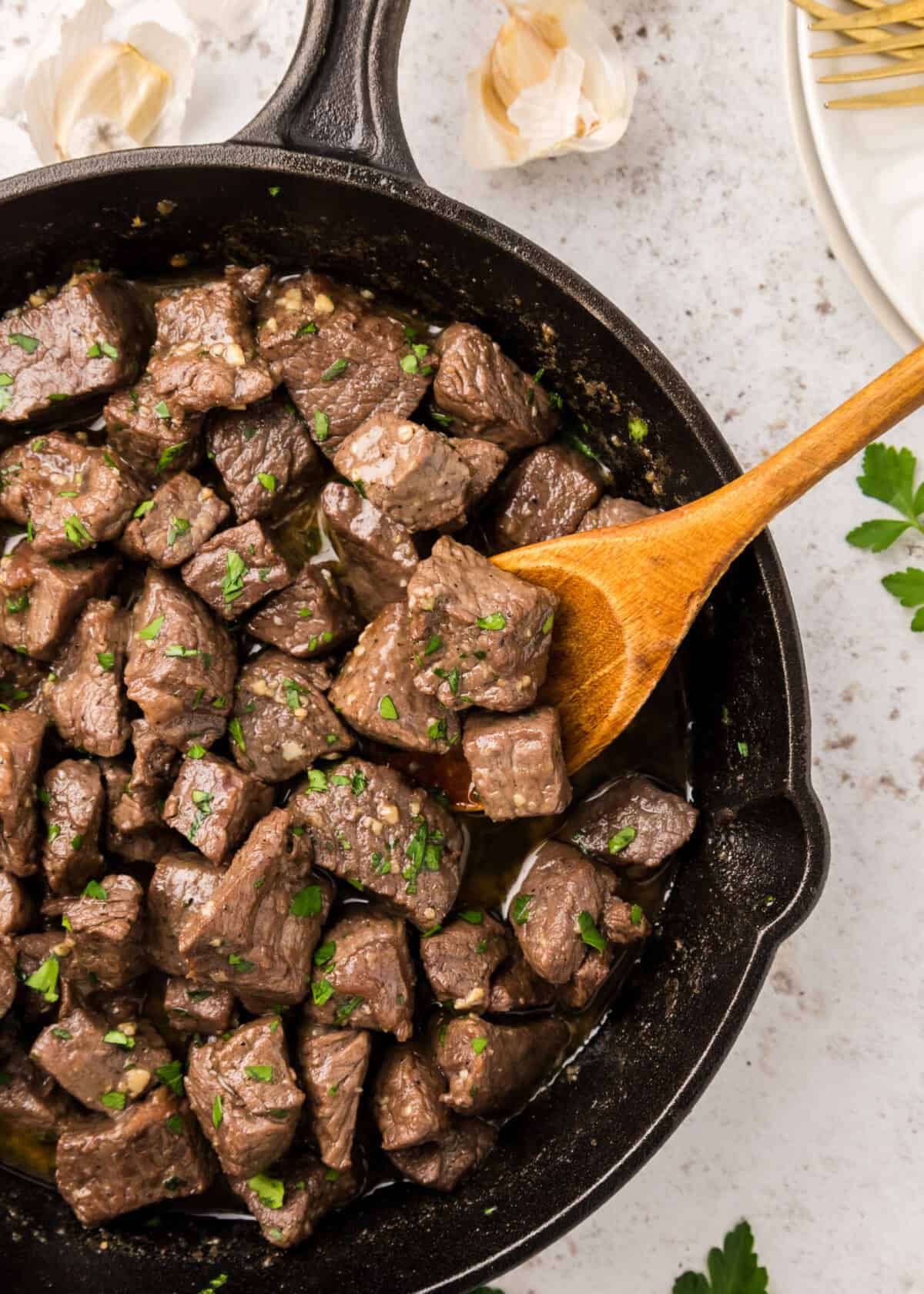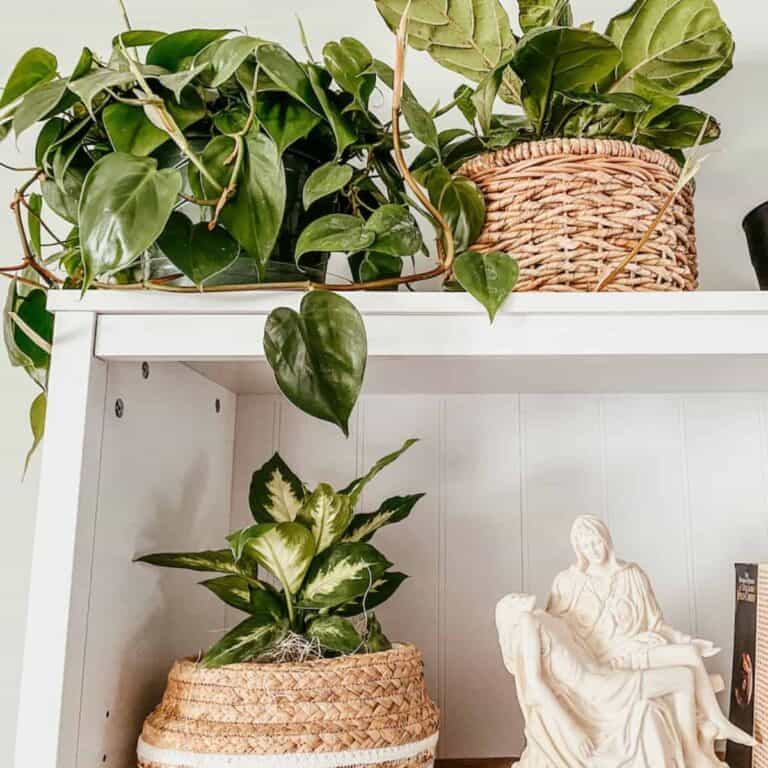From-Scratch Cooking 101: How to Start a Traditional Kitchen
Are you dreaming of building a traditional kitchen full of from scratch cooking, but also simple for life as a busy mom. In this post, I’m sharing the tips and resources that I’ve used to build up our traditional kitchen.
Learn the basics of how to start a traditional kitchen from scratch with simple tools, pantry staples, and old-fashioned cooking methods. Perfect for beginners and busy homestead families.

How to Start a Traditional Kitchen (Even as a Busy Mom)
Have you ever longed for a slower, simpler way to feed your family—one that’s wholesome, nourishing, and rooted in tradition? A kitchen where soups simmer on the stove, bread rises on the counter, and meals are made with ingredients you can pronounce?
Welcome to the world of from-scratch cooking. You don’t need a farmhouse or fancy tools—just a willing heart, a few basic skills, and a desire to return to the rhythm of real food.
Whether you’re new to homesteading or simply trying to ditch the boxes and cans, this guide will help you begin the journey toward a more traditional kitchen—one that’s built on simplicity, stewardship, and love.

What is Traditional Kitchen?
A traditional kitchen is more than a place to cook—it’s the heart of a home where nourishment, family connection, and rhythm are cultivated.
It’s where food is made from real, whole ingredients using time-honored methods: baking bread, simmering broth, preserving harvests, and preparing meals without relying on convenience foods.
In the traditional kitchen, food is both practical and beautiful. Meals are prepared with purpose—often from scratch—and waste is minimized.
And of course, everything is made with love. It’s a return to what many of our grandmothers did so naturally.
Why Cook From Scratch?
There are so many reasons to return to from-scratch cooking. And here are just a few of the benefits to mention:
- Health: You control the ingredients. No preservatives, artificial flavors, or mystery chemicals—just real food made with real ingredients.
- Budget: Cooking from scratch is often more affordable. Bulk dry goods, simple meals, and homemade staples save money over time.
- Self-Reliance: When you can make your own bread, broth, or butter, you become less dependent on grocery store availability. Bonus points if you’re able to grow and preserve the harvest too!
- Family Culture: Meals cooked at home become meaningful rituals and routines. They nourish not only the body but the soul of the home.
✨ Even if you’re a busy mom with only 20 minutes before dinner—cooking from scratch can still be attainable. It’s not about perfection—it’s about progress and presence with loved ones.

Basic Tools for a From-Scratch Kitchen
You don’t need an expensive remodel or every tool under the sun to start. Begin simply with:
- A good knife and cutting board
- Cast iron skillet and/or stainless steel pan
- Mixing bowls, measuring cups/spoons
- One good stockpot or Dutch oven
- Wooden spoons and silicone spatula
- Baking sheet and bread pan
✨ Optional but helpful upgrades: slow cooker, food processor, grain mill, stand mixer (for big batches and ease of bread making).
Look for quality secondhand tools at thrift stores, estate sales, or Facebook Marketplace. Many homestead kitchens have been built this way! I have also put together a list of some of my favorites on Amazon to help spark some ideas!
Pantry Staples for Real Food Cooking
The foods that I’m sharing on this list are pretty basic and often pantry staples in many homes. They can easily be tailored to your family’s specific needs.
Our home is fairly divided on dietary needs and food philosophy. In our home, my husband is a meat and potato loving cattle rancher and I’m a plant based veggie loving California hippie. So, I can understand the need to accommodate a variety of needs. 😅
Want to save this?
Start building your pantry with simple, whole food ingredients grouped into these categories:
🥣 Grains & Legumes
- Rolled oats
- Brown rice or jasmine rice
- Dried beans (black, pinto, navy)
- Flour (wheat, spelt, or gluten-free options)
🧂 Fats & Oils
- Butter (or ghee)
- Olive oil
- Coconut oil or tallow
🍯 Baking Needs
- Baking powder & soda
- Salt (choose real sea salt or Himalayan)
- Yeast (or sourdough starter)
- Sweeteners (honey, maple syrup, sucanat)
🌿 Spices & Seasonings
- Garlic powder
- Onion (minced and powder)
- Paprika
- Basil
- Cinnamon
- Thyme
- Rosemary
- Oregano
- Bay leaf
🍅 Preserved Items
- Canned tomatoes
- Broth (store-bought or homemade bone broth)
- Dried herbs
- Canned beans or home-canned produce
*Of course, these are just the very basics and you can use it as a starting point to build up your traditional kitchen.
5 Basic Skills to Start With
You don’t need to know it all before getting started! I learned a lot of these skills slowly throughout the years of living on our homestead. Begin with just one or two of these foundational skills:
- Make Your Own Broth – Use vegetable scraps or leftover bones. This is super easy to do, here’s my recipe for bone broth. And it includes a simple crockpot option —how I like to make it on super busy weeks!
- Bake Simple Bread – Start with a no-knead bread or a sandwich loaf (family favorite!) and this honey oat bread recipe is our top reader favorite.
- Soak & Cook Dried Beans – Much cheaper and more nutritious than the canned varieties at the store. Have you checked the ingredient labels on most canned foods? Why is sugar included in many of them?
- Homemade Soup or Stew – One pot, easy, and endlessly customizable. Soups and stews are my jam—and I love to make them year round! Here are a few family favorites:
- Create a Meal Plan – Rotate 8–10 basic meals that you can rely on. We have many tried and true homestead family favorite recipes in our recipe index.
From Scratch Cooking for Busy Moms
Let’s be honest—homemaking isn’t always slow and peaceful. Some days it’s noisy, messy, and rushed. But, that’s okay—this is real life. And we are here to live an intentional and focused life, full of real everyday moments.
Here’s how to keep from-scratch cooking realistic:
- Double and freeze meals when you can — this is especially helpful during the busiest of seasons or after an exhausting day of homeschool lessons or summer gardening.
- Use your slow cooker on busy days!
- Batch prep staples like beans, rice, chopped veggies—this has become a regular part of my Saturday routine.
- Cook once, eat twice – roast a chicken, then make soup with the leftovers. And don’t forget about bone broth.
- Include your kids – give them real kitchen tasks and make it a family affair! Children LOVE helping in the kitchen and we must help them to cultivate real life skills.
Remember: even a simple pot of soup counts. Every small step adds up to a meaningful and healthy lifestyle.
Final Thoughts
Starting a traditional kitchen doesn’t mean you have to become a homestead Martha Stewart overnight. It’s okay to learn slowly, make mistakes, and grow into the rhythm of it.
Celebrate the first loaf of bread you bake. Feel proud when you season beans from scratch instead of opening a can. Know that every humble step you take helps build a kitchen that nourishes your family and reflects the beauty of a more intentional life.









